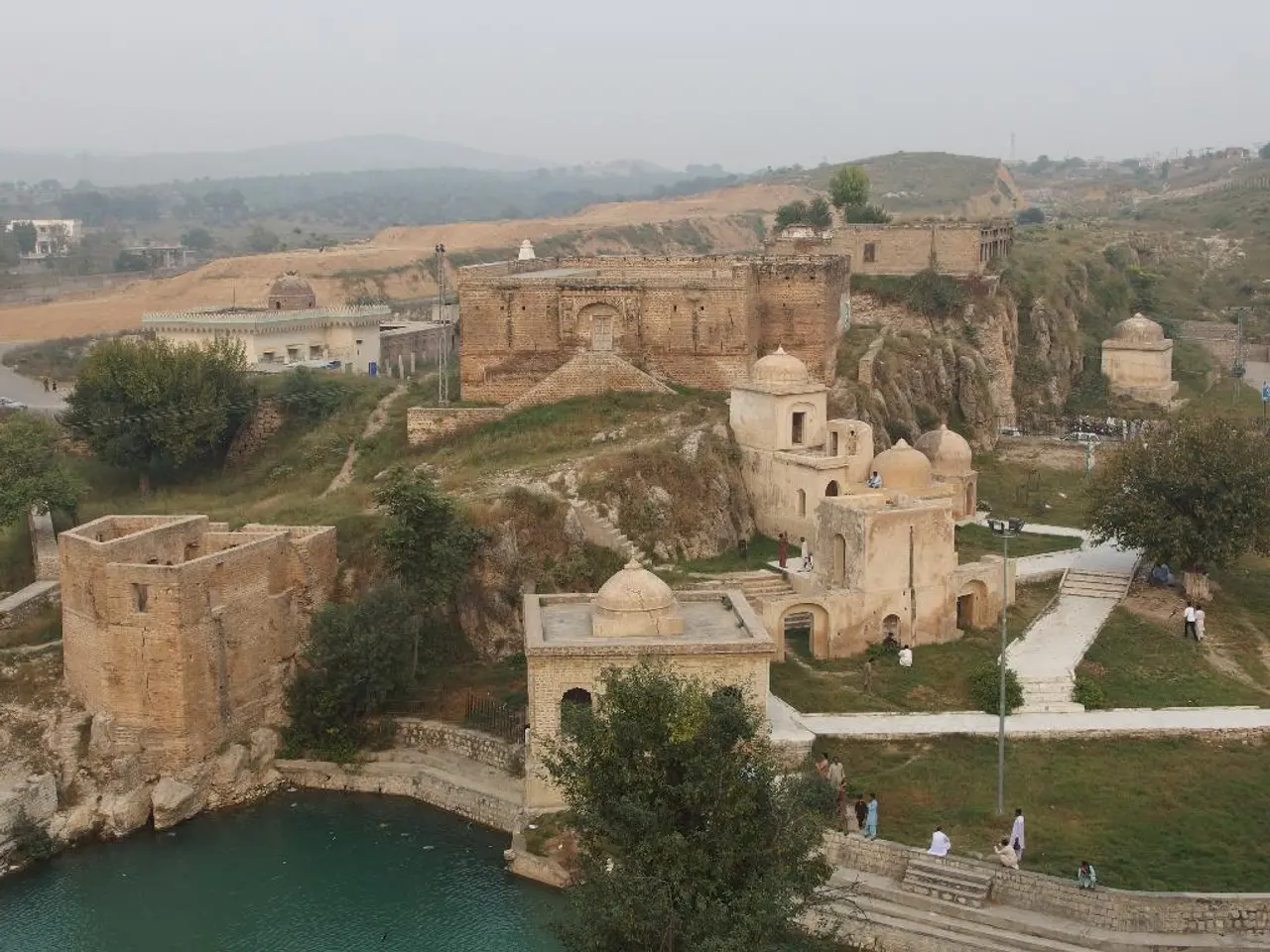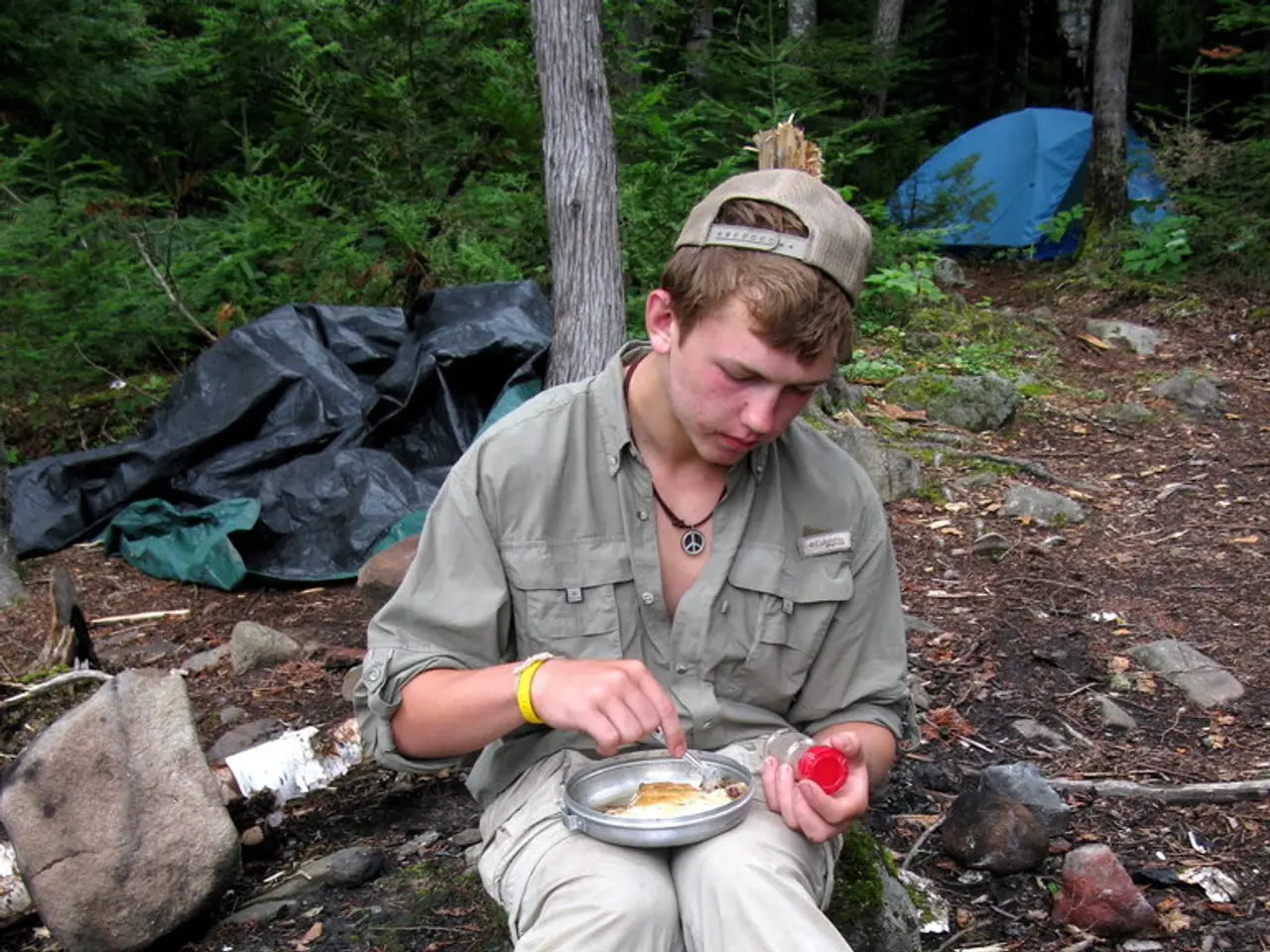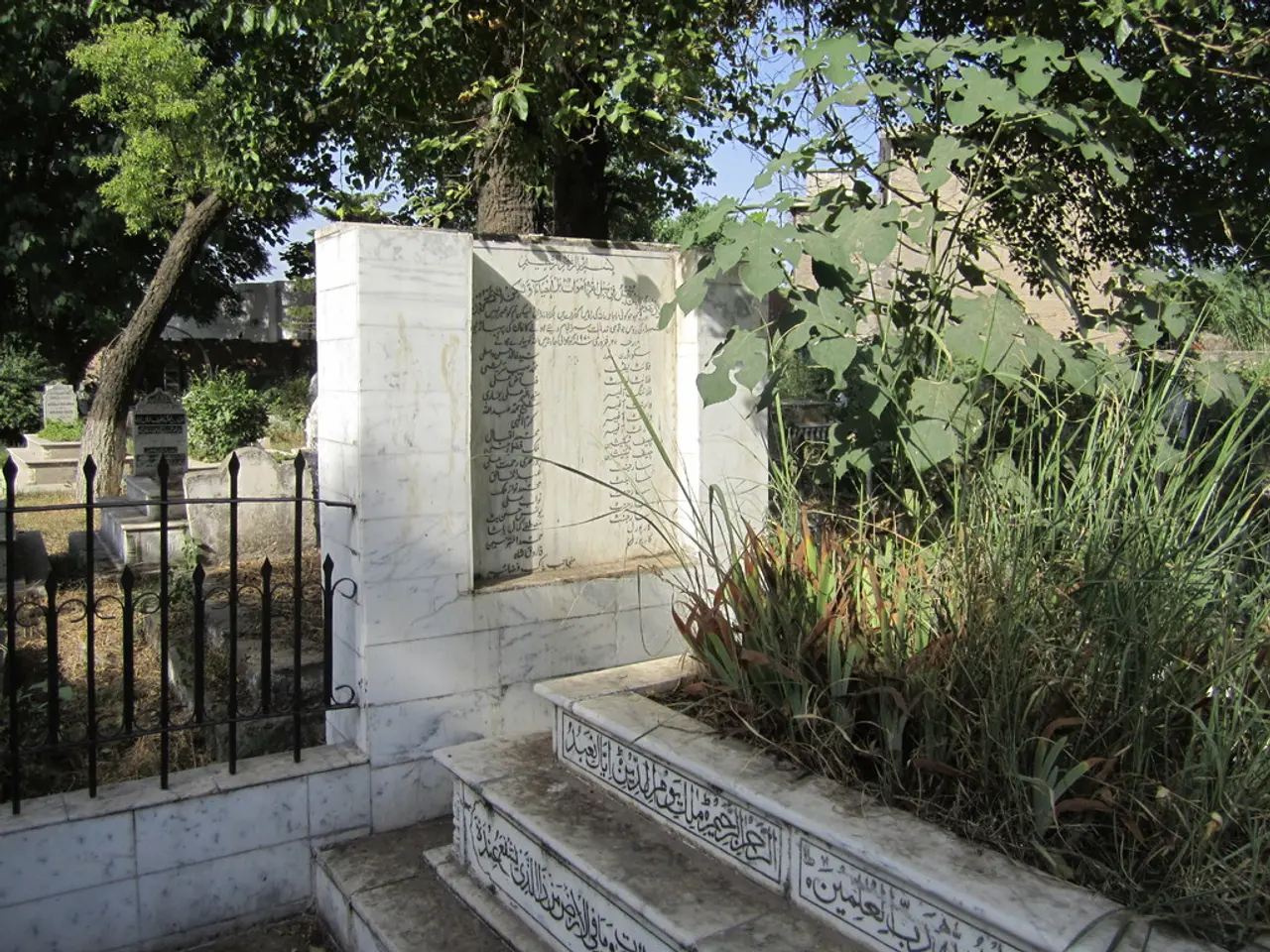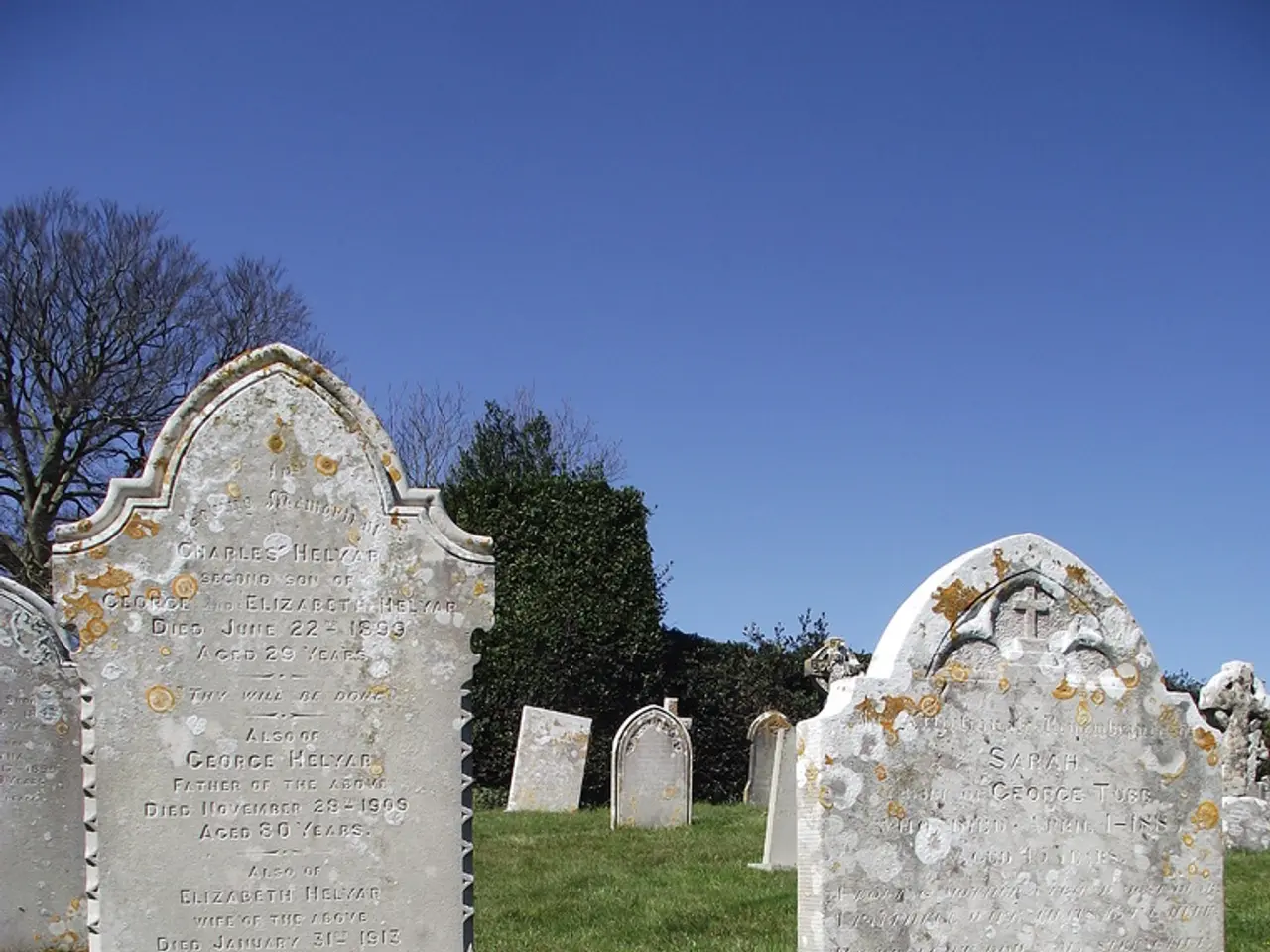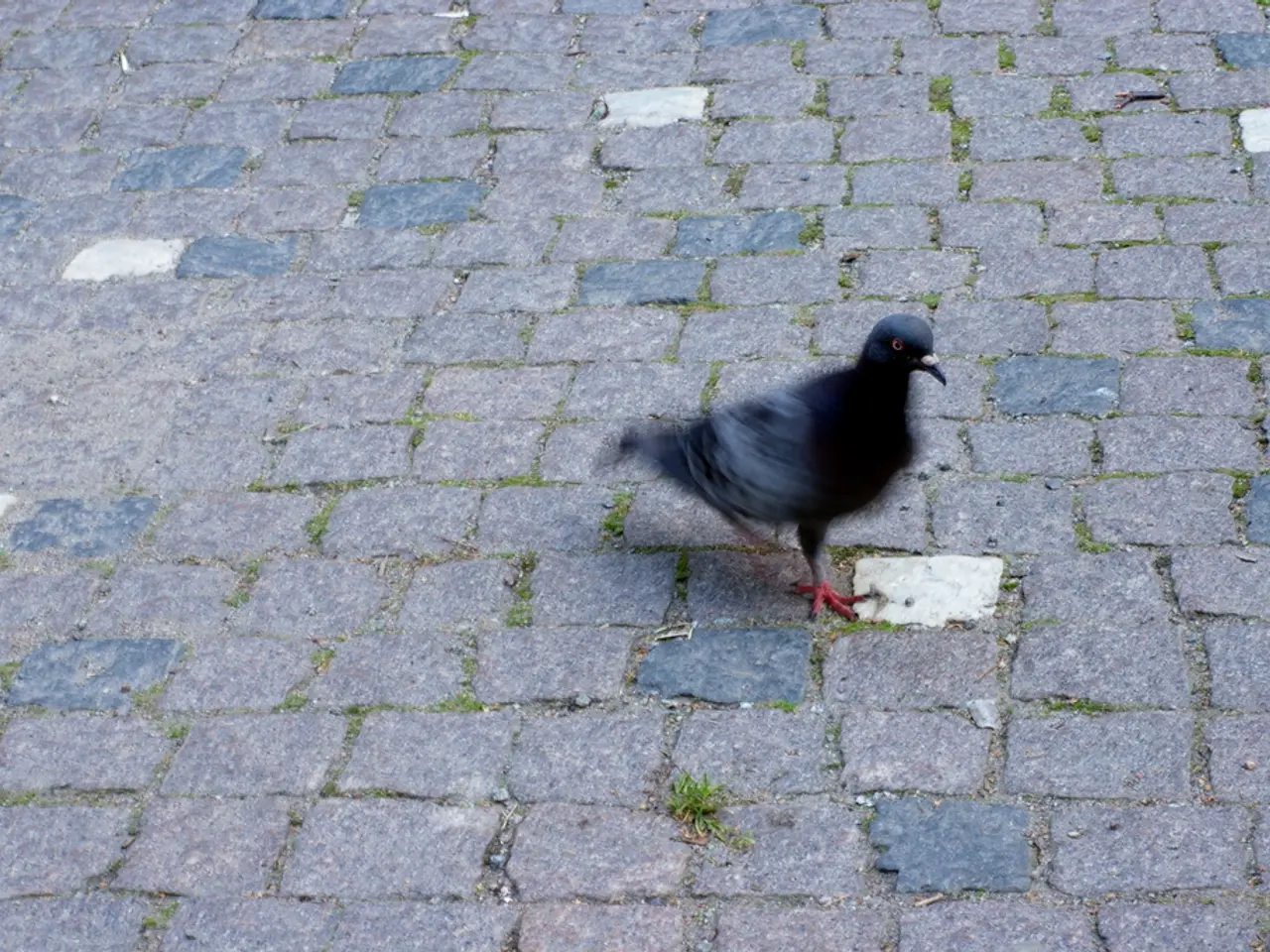Iceland's authentic sod-roofed dwellings
In the heart of West Skaftafellssýsla, Núpsstaður stands as the easternmost farm, a testament to Iceland's rich history. Although it's not open to visitors as a museum, it is home to one of the remaining turf churches in Iceland.
Turf houses, a unique architectural marvel, have played a significant role in Iceland's past. Due to the lack of trees and their ability to ward off cold, these structures were a popular building material. By 1910, half of the Icelandic nation lived in turf houses. However, by 1960, the number of inhabited turf homes had dwindled to 234, with most deserted in the next decade.
Fortunately, several well-preserved turf houses have been converted into museums, offering an insightful look into traditional Icelandic architecture and lifestyle.
One such museum is the Glaumbaer Museum in Varmahlid. This complex of turf houses, built mostly in the mid-18th century with additions up to the late 19th century, presents a detailed glimpse into 19th and early 20th-century Icelandic rural life. The site also includes timber houses from the 19th century, hosting exhibitions and a café.
Another museum worth visiting is Laufás Heritage Site and Museum, situated near Akureyri. Featuring historic turf homes originally built in 1865, it is among the few well-preserved turf houses from the 1800s in Iceland. The museum consists of several buildings and highlights traditional Icelandic ways of living.
Keldur Turf Farm, located in southern Iceland, is another significant site. Owned by The National Museum of Iceland, it showcases traditional turf building methods adapted to Iceland’s climate and historical rural living conditions.
These turf houses are a testament to Icelanders' ingenious use of natural materials like turf, stone, and wood to build homes suited to the island’s harsh environment. They are important cultural heritage sites turned museums today.
It's worth noting that most of Iceland's remaining turf houses belong to Þjóðminjasafn Íslands, the National Museum of Iceland. As Reykjavik grew, there was little room for turf houses.
Bakkagerði, located in Borgarfjörður Eystri, and Hofskirkja church in Öræfi are other locations in Iceland where well-preserved turf houses or churches can be found.
Photographers such as Gísli Sigurðsson, Jónas Erlendsson, and Helgi Bjarnason have documented these locations, capturing the essence of Iceland's past for future generations to appreciate.
[1] https://www.glaumbaer.is/en/ [2] https://www.laufas.is/en/ [3] https://www.arkij.is/en/keldur/ [4] https://www.visiticeland.com/article/laufas-museum-and-heritage-site [5] https://www.visiticeland.com/article/keldur-turf-farm
The Glaumbaer Museum in Varmahlid and Laufás Heritage Site and Museum, nestled near Akureyri, offer an intriguing look into Iceland's news and lifestyle during the 19th and early 20th centuries, as they feature well-preserved turf houses showcasing traditional home-and-garden designs.
